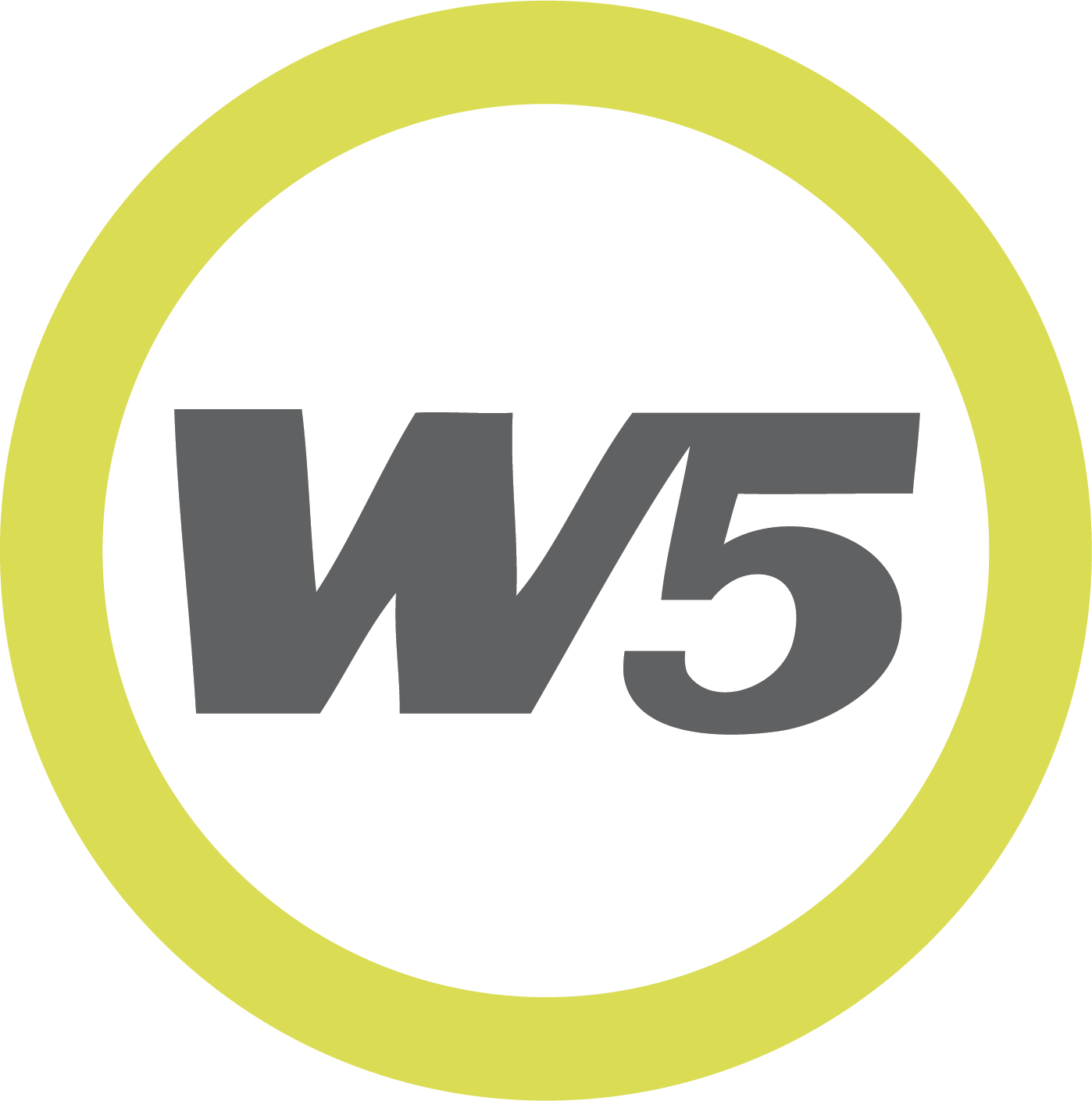Spotlight: Concept Testing with a Highlight Pen
by Kelsey Howell
At W5, we offer many quantitative approaches for marketers seeking to validate their messaging with numeric heft. Often, these are comparative approaches, such as Max-Diff. But what if your questions lean more to “Why?” than “Which?”.
If you’re curious about exploring the most high-sentiment claims and phrases within your current messaging, a great question design is a highlighter question where respondents have the opportunity to highlight their favorite (or least favorite) claims made in a larger piece of marketing media.
This approach allows for fluid and unexpected results and is especially useful for media too expensive to thoroughly A/B test, such as print ads or banners. By mixing the evaluative process with the media itself, it allows for recording of fresher, more naturalistic reactions than post-hoc questioning. An underrated benefit is its unusual question design which can pique respondent interest towards the end of a long study.
Wondering how to put it into practice? Take a look at our spotlight case study:
Case Study: Using Highlighter Questions to Guide Community Impact PR
W5 worked with a professional sports franchise to develop messaging approaches for its community impact efforts. These efforts were ongoing, but previously unknown among many of their fans and local community members. An effective public relations campaign could boost brand image.
Approach
The client developed a series of statements regarding the team’s community economic and humanitarian impact based on publicly and privately available statistics, encompassing employment, diversity and inclusion efforts, charitable contributions, and more.
W5 then fed these statements through a highlighter question format, grouping grammatically coherent phrases into discrete chunks for selection. Both residents and season ticket holders highlighted the three phrases that most impacted their positive or negative sentiment towards the franchise.
Result
The highlighter analysis revealed shared priorities across local residents and longtime fans. A smattering of statements emerged from the pack as powerfully resonant for all groups, allowing the team to present a more focused, streamlined messaging approach.
Reach Out
Interested in other creative, interactive question designs for your research? Reach out to set up a call with our quantitative research experts.
Check our three-part conjoint analysis series (parts one, two, and three) for another look at a simulationist cinema verité approach to quantitative.


